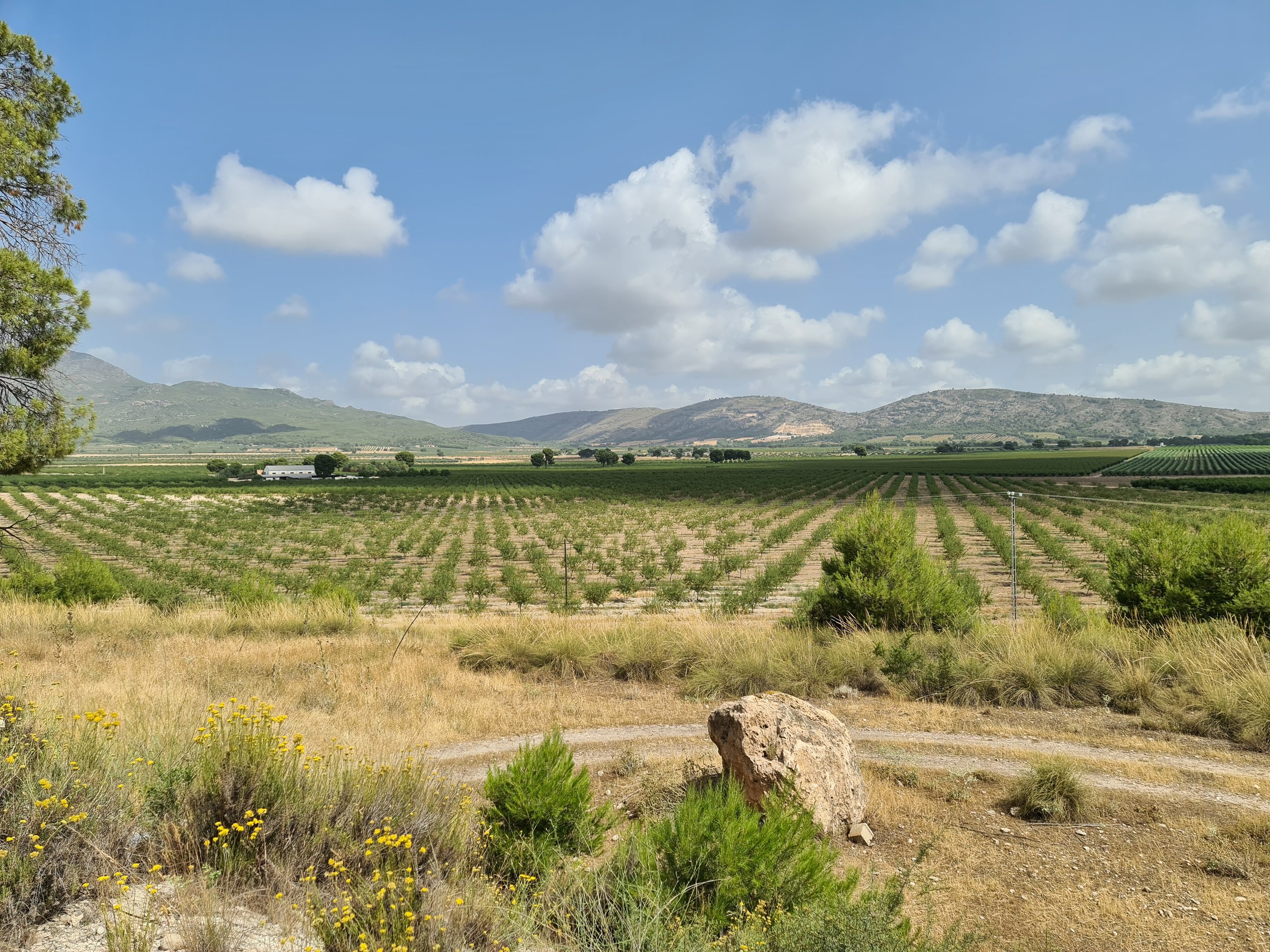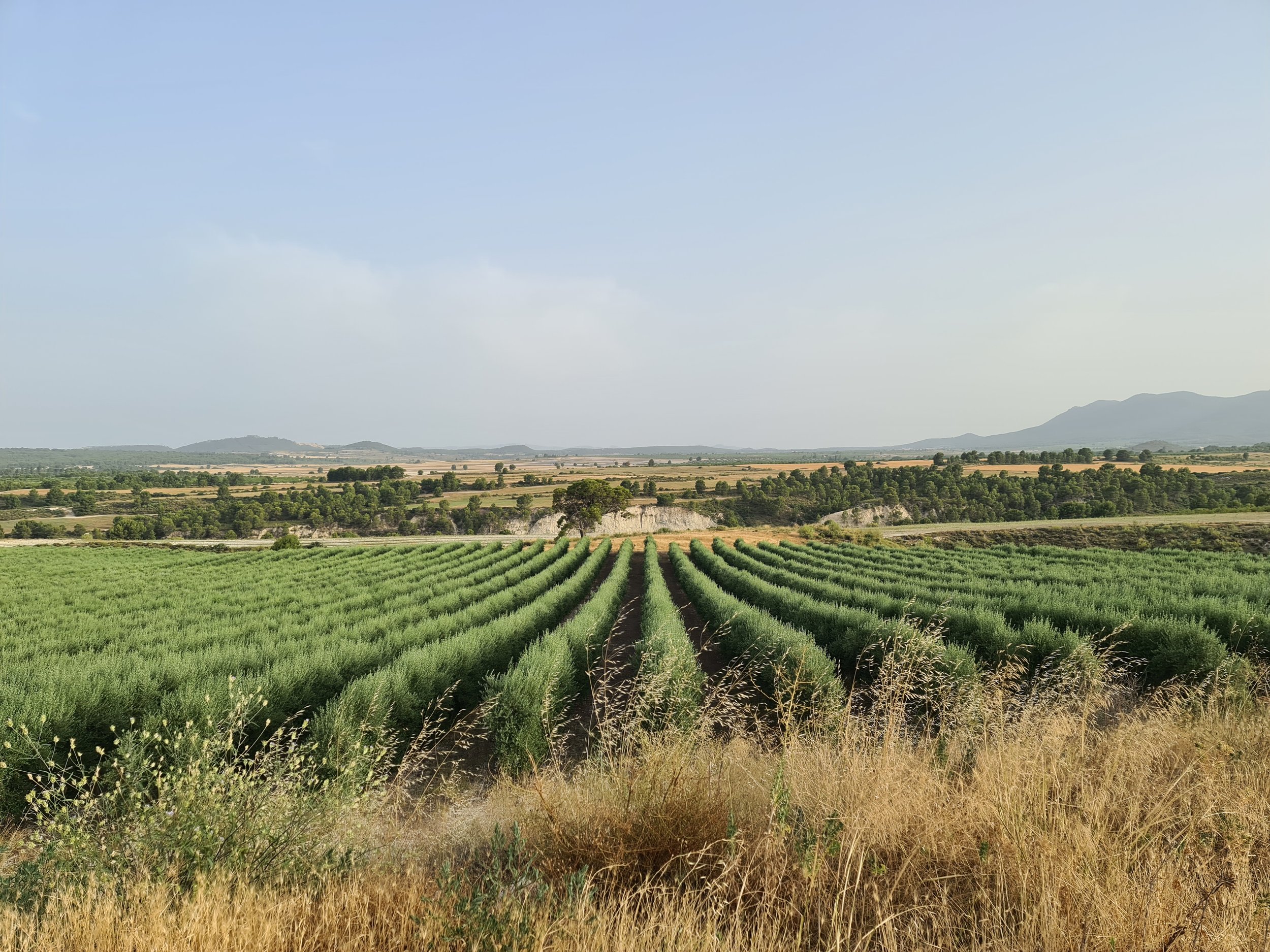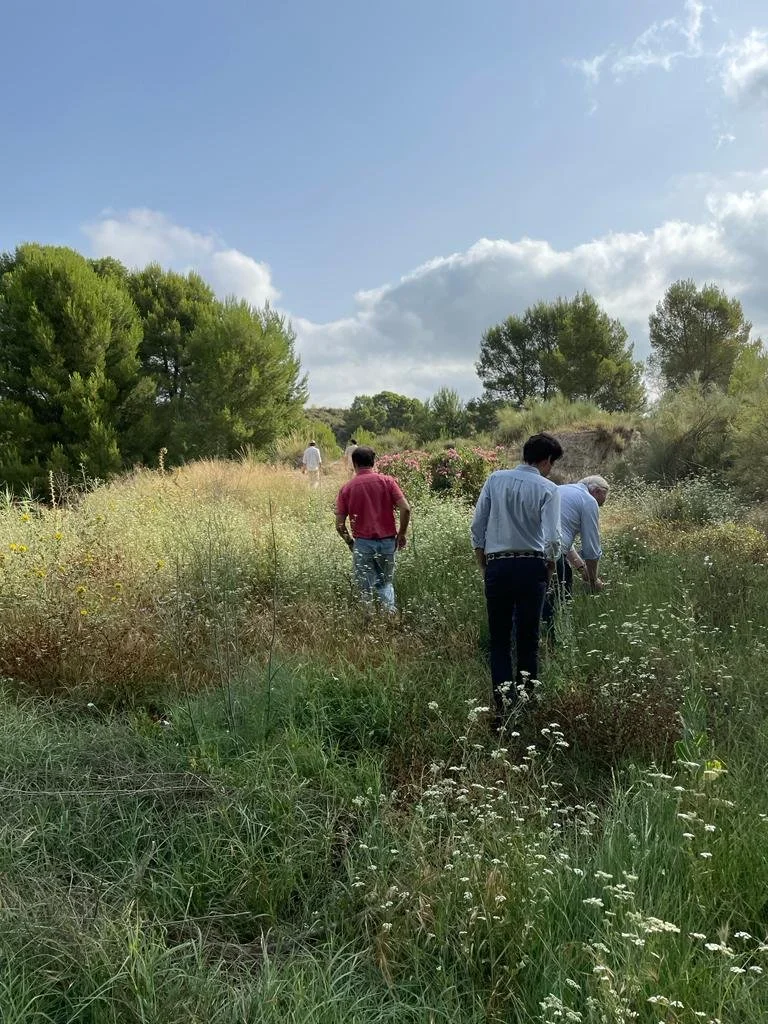
Europe
SLM Partners manages funds for institutional investors and family offices seeking exposure to unique, high-impact opportunities across European forestry and agriculture.
In 2018, we launched our first European strategy focused on Irish forestry, anchored by the European Investment Bank via its Natural Capital Financing Facility. This fund supports the transition to Continuous Cover Forestry, a more sustainable form of forest management that delivers numerous environmental benefits. As of June 2023, the fund had acquired over 80 properties across Ireland. Over 66% of the forestland was being managed under Continuous Cover Forestry.
In 2021, SLM Partners launched its second European strategy to invest in permanent crops across the Iberian peninsula. We have partnered with expert local operators who have a deep expertise in tree nuts and olive. We work with them to develop new orchards or reinvigorate existing ones. Across all assets, we are implementing regenerative orchard management practices to reach our impact objectives across climate, water and biodiversity.

Continuous Cover Forestry
Our Strategy
The SLM Silva Fund is a €30 million sustainable Irish forestry fund that we established in 2018 with backing from the Natural Capital Financing Facility of the European Investment Bank and other European investors. We entered into a partnership with an Irish forestry company, Purser Tarleton Russell Limited (PTR), who are responsible for managing the forests after acquisition.
The Fund acquires existing semi-mature forest plantations in Ireland and transitions them from a management regime based on clear-felling to a more sustainable form of management known as continuous cover forestry. Where possible, the Fund also establishes new forests with a diverse set of tree species on marginal agricultural land.
Because of its mild climate, Ireland has some of the best growth rates for trees in the world. The country has a well-developed, export-led timber processing industry and a growing bioenergy market. As a commodity, timber is set to grow in value as the world shifts towards a bioeconomy and timber products displace cement, steel and fossil fuels.
Our Impact
Temperate conventional forestry in countries like Ireland is dominated by non-native, single-specie, even-aged stands that are managed in a clear-fell-replant system. Under this system, land is prepared and planted with trees, the plantation is thinned periodically, and all the remaining trees are then harvested on maturity, before the land is replanted for the next rotation. This silvicultural system is easy to plan and execute. But it exposes investors to certain risks:
Even-aged monocultures are more susceptible to pests, diseases and windthrow – risks that are likely to be exacerbated by climate change;
Clear-felling can cause negative environmental impacts such as soil damage, water run-off, reduced biodiversity, low amenity value and release of forest and soil carbon;
Tightening government regulations and certification standards are constraining the ability to apply this system, especially in environmentally sensitive areas.
Continuous cover forestry is a viable alternative. Under this system, forest cover and woodland conditions are maintained permanently. Trees are felled individually or in small groups throughout the entire woodland area. The increment in growth is removed as ‘income’ every few years, preserving the ‘capital’ of the standing forest. High quality trees are allowed to grow larger. The system relies on natural regeneration to develop a mixed-age stand, and species diversity is encouraged and naturally emerges across the full productive area of the forest, rather than being compartmentalised in plots. The overall objective is to maximise the commercial benefits from woodland while letting natural processes do most of the work.
“The European Investment Bank is pleased to work with SLM Silva Fund to improve sustainable practices in Irish forests. The new EUR 12.5 million investment builds on the EIB’s recent support for forestry and agriculture in the country and will demonstrate how best practice in Ireland’s world-class forestry industry can take better account of the need to safeguard biodiversity, soils and landscapes, and help resist the threats associated with climate change.”
- Andrew McDowell, Vice President of the European Investment Bank responsible for Ireland.
Case Study: Cloncannon
Cloncannon is a 48-hectare upland forest in County Tipperary that was planted in 1996. The Fund acquired the property in 2019. We have applied for a thinning license based on continuous cover forestry management and for a grant to extend the existing forest road. Thinning will remove smaller and poor -quality trees every few years, allowing more light into the forest. This will ensure the remaining trees grow faster and will promote natural regeneration as trees mature and produce viable seed.
The forest contained a block of pure larch that was not growing well. We clear-felled this compartment and replanted with a more diverse mix of species that will be managed under continuous cover forestry.
The retention of the forest canopy under our management will allow forest biodiversity to develop without disturbance, which is likely to accelerate the accumulation of soil carbon, as well as microorganisms, herbaceous plants, fungi and wildlife. Continuous cover management will give the forest greater resilience to wind, pests and diseases without compromising productivity.
The forest has a prominent position in the landscape. We expect it to become a visible example of successful continuous cover forestry and a suitable site for training harvesting contractors and forest managers on sustainable practices.

Permanent Crops
Our Strategy
SLM Partners is currently investing in permanent crops in Portugal and Spain. The strategy, SLM Silva Europe Fund, targets areas with suitable climate and water availability for the production of high-value tree nuts and olives. We partner with expert local operators well integrated within their local value chains. Our operating partners implement regenerative management practices across all properties and organic certification where possible.
Our Impact
The recent surge in global tree nut production, especially almonds and pistachios, has been mostly driven by the development of intensive irrigated orchards. These systems rely on heavy use of external inputs, such as synthetic fertilisers and pesticides, to ensure plants can thrive in a man-made environment, characterised by a single commercial specie. While this approach can deliver high yields, an oversimplified and reductionist view of agricultural systems has led to damaging land use practices and several negative environmental externalities. These include water and soil pollution, biodiversity loss, and high Greenhouse Gas (GHG) emissions, which ultimately hinder the long-term sustainability of farming.
Traditional rainfed systems in Mediterranean zones also suffer from land degradation. Soils are often kept bare through tillage or application of herbicides, which can lead to soil erosion, nutrient run-off and loss of soil organic matter.
In recent years, innovative farmers have developed regenerative practices that build soil health, reduce reliance on external inputs, and have a positive impact on biodiversity, water and carbon cycles. Broadly defined, the key principles of regenerative agriculture are minimising soil disturbance, eliminating or reducing agrochemical use, keeping soil covered, maximising plant diversity, and integrating livestock. Although the regenerative agriculture movement is more developed within annual cropping and livestock systems, the same principles can be applied to permanent crops.
We are working with a number of growers using regenerative practices in orchards in Iberia and other parts of the world. Key practices include planting cover crops between tree rows, minimizing tillage, using composts and biodiversity fertilisers, mulching the pruning residues and planting hedgerows or pollinator habitats for integrated pest management. Whole orchard recycling at the end of orchard life also significantly improves the GHG profile. These systems can produce nuts, olives and other crops in a profitable way while storing carbon and improving soil health. By increasing soil organic matter, they also use water more efficiently. When economically viable, orchards are transitioned to organic certification to tap into higher premium markets.
Case Study: Finca el Roble
In February 2022, SLM Silva Europe Fund completed the acquisition of its first property in the southeast of Spain, near Murcia. The farm is growing a diverse set of crops and different varieties of almonds, pistachios and olives over 300 hectares.
For the management of this property, we partnered with leading regenerative farmer Alfonso Chico de Guzman. Alfonso also manages his family farm totalling 1,800 hectares growing cereals, almonds, pistachios, aromatic plants, honey and more. He used to be the Chairman of AlVelal, a large-scale landscape regeneration initiative in southern Spain funded by Commonland, a Dutch non-profit organization.
All operations on this farm are in transition to be certified organic under the EU-Organic label within 3 years. The production models also following sound regenerative practices, including soil health and fertility management (using compost, pruning biomass as organic fertilisers, growing cover crops), water management (using cover crops and improving soil water holding capacity), pest and disease management (integrated pest management, insect trads, reducing herbicide and insecticide use) and minimising tillage and other soil disturbances.
Over 70 hectares are set-aside for biodiversity. On this land, we work with local ecologists and NGOs to protect High Conservation Value areas, create nature corridors, and restore degraded riparian zones, shrub and forested areas. We have also starting planting biodiversity island, pollinator strips and hedge rows within the productive areas of the farm to enhance ecosystem services, such as pollination and erosion control.










